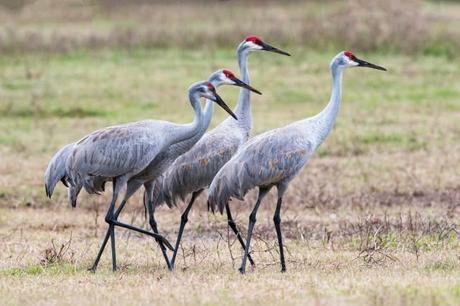
While in Florida in December and early January, I visited Paynes Prairie Preserve State Park, a 22,000 acre preserve located on the edge of Gainesville, Florida. Paynes Prairie is very unique with over 20 distinct biological communities that host a significant variety of wildlife, including bison, horses, alligators, and more than 270 species of birds. The Prairie also has a rich history dating back over 12,000 years when its fertile resources were used by Paleo people, Native American Indians, Spanish adventurers and settlers, and eventually farmers and cattle ranchers. When on the Prairie, I can imagine what much of Florida looked like many years ago.
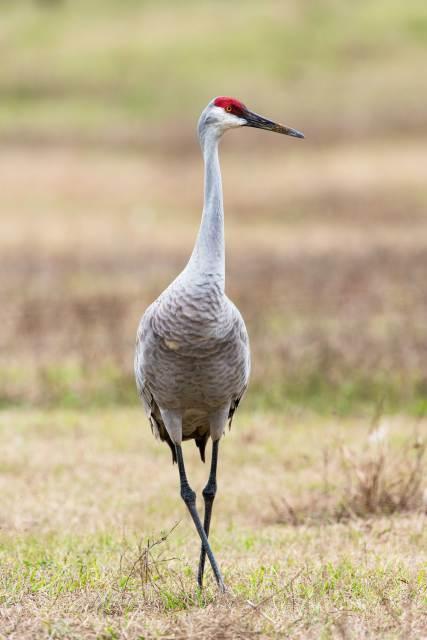
Although the canal in the below photo is manmade (circa 1800s), the flora and fauna are representative of what is readily seen when on the La Chua Trail on the northeast side of the Prairie.
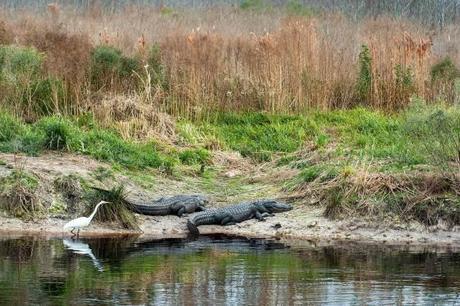
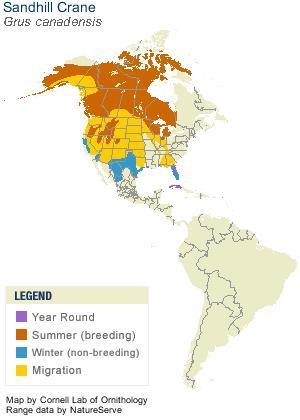
This time of year, one of the attractions for me and other visitors are the Sandhill Cranes that winter at Paynes Prairie, having migrated from the north where they nest and breed, although some have become permanent residents in Florida. In 2008, there were over 5,000 Sandhill Cranes and a few Whooping Cranes at the Prairie (see below), but in most years there are one to two thousand. However, due to the drought in Florida over the last couple of years, the number of cranes has been significantly lower. This year, when I was at the Prairie, there were only several hundred (count provided by park volunteer). Some local residents said that the cranes were going to nearby Orange Lake, since it had more water and wetlands. The cranes like to roost overnight in wetland areas to avoid mammal predators, like coyotes and foxes. Nevertheless, seeing and photographing the Sandhill Cranes, no matter how many are there, is always enjoyable and rewarding.
I took the below image in 2008, when a large group of cranes was taking off early in the morning. Among the Sandhills were two Whooping Cranes.
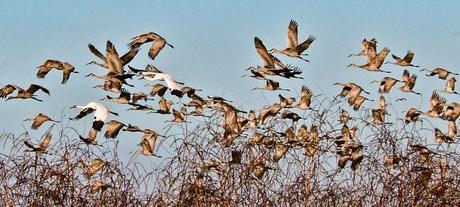
Below are several images of the Sandhill Cranes flying back to the Prairie after feeding at local fields, farms and ranches, and other wetlands. Flying Sandhill Crane silhouettes are striking against a sunrise or sunsetting sky. The first two are sunrise shots.
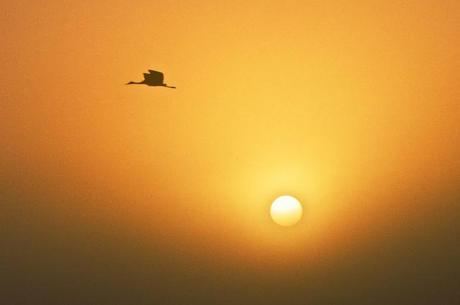
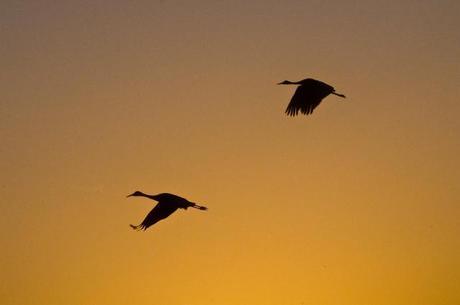
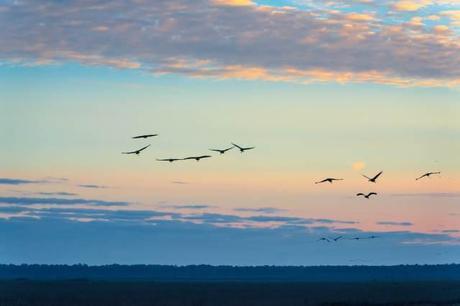
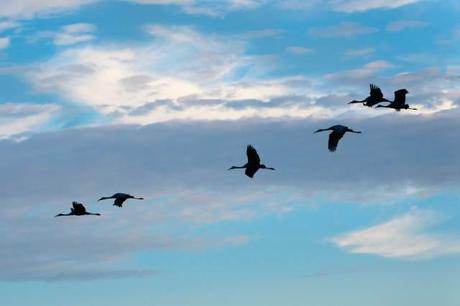
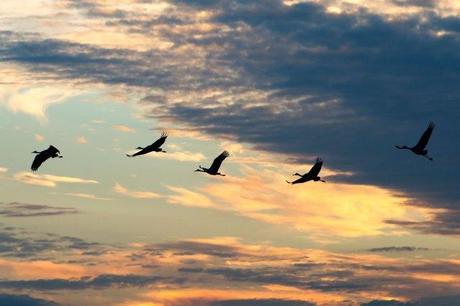
When I was at the Prairie, the cranes were roosting far into the Prairie and mostly out of sight, but within hearing distance. In fact, their loud trumpeting calls can be heard all over the Prairie. I can usually hear them before I see them in the sky, which is a benefit when trying to locate them to photograph.
Since it was not possible to closely photograph the cranes on the Prairie, I went to a local field where they were feeding, which is where I captured the following images.
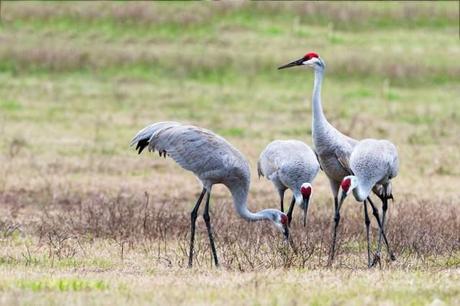
Above three Sandhill Cranes feed, while one keeps guard.
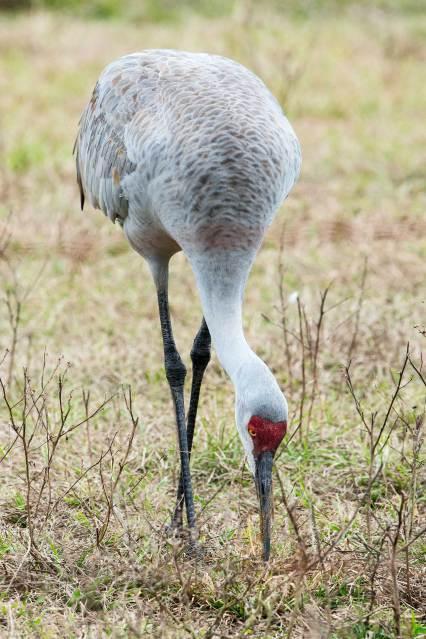
Sandhill Cranes may not be the most attractive birds, but their size (3 to 4 feet), long legs and necks, and bright red heads and behavior make them interesting to observe and photograph. They can live 20 years and do not begin breeding until after two years. They mate for life, and when they migrate, the family migrates together. Sandhill Cranes feed mostly on grains and seeds, some insects, other invertebrates, and small vertebrates.
Below are two different Sandhill Cranes preening their feathers. When their feathers are fluffed out, more color and detail is plainly visible.
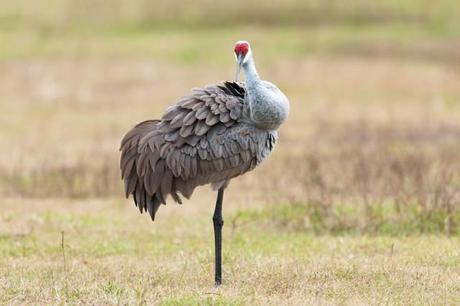
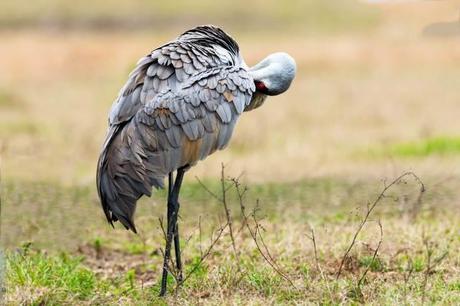
The below crane did not want to pose for me any longer and took off, trumpeting loudly as it flew by.
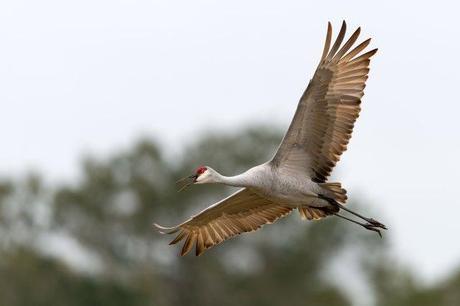
I could not resist capturing some profile images, highlighting their bright red heads and orange eyes.
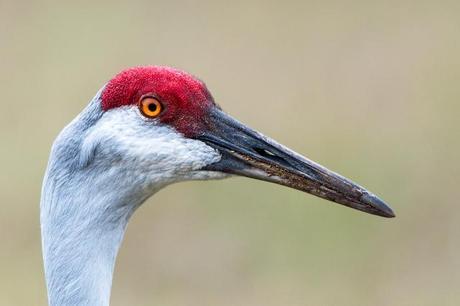
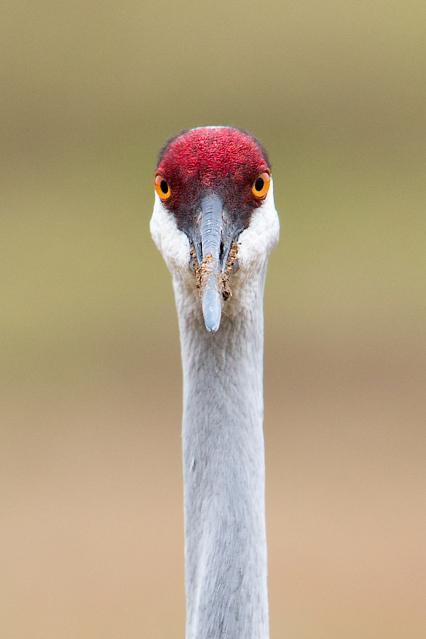
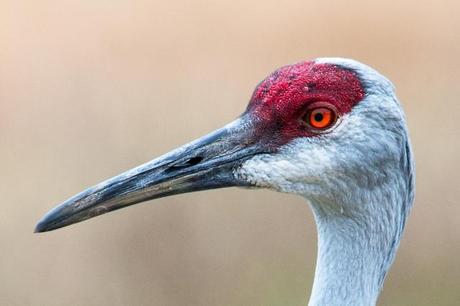
I have many more images to be reviewed and processed from my recent trip to Florida. I plan to include them in another blog article before leaving for Honduras. I am going to the rain forests of Honduras soon to photograph some of its very unique and interesting wildlife. Yes, I am excited, been doing a lot of preparation, and very much looking forward to it.
